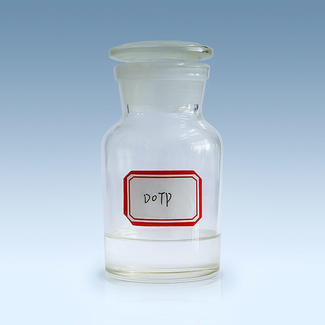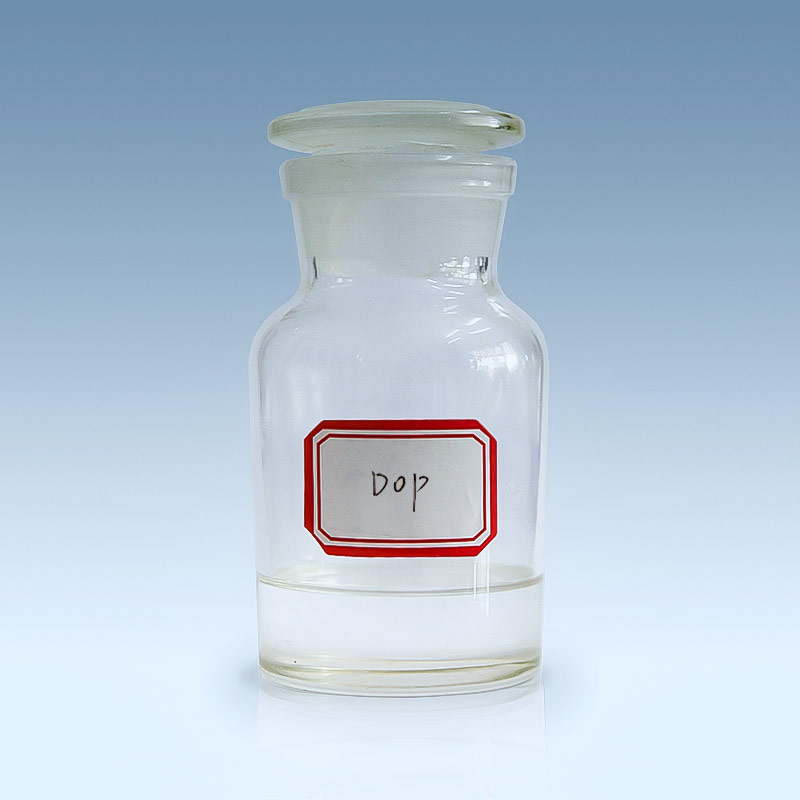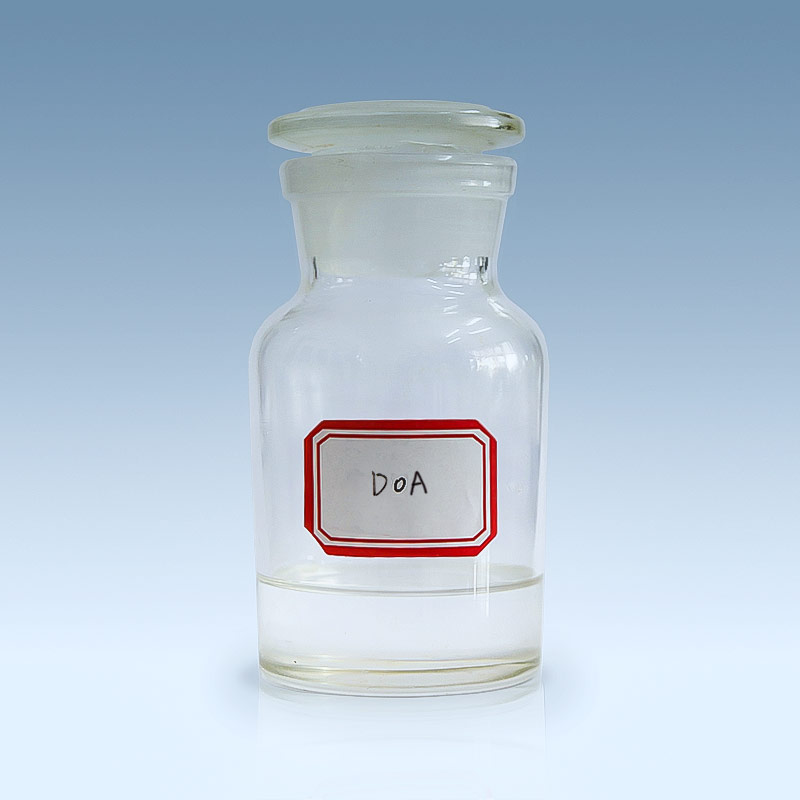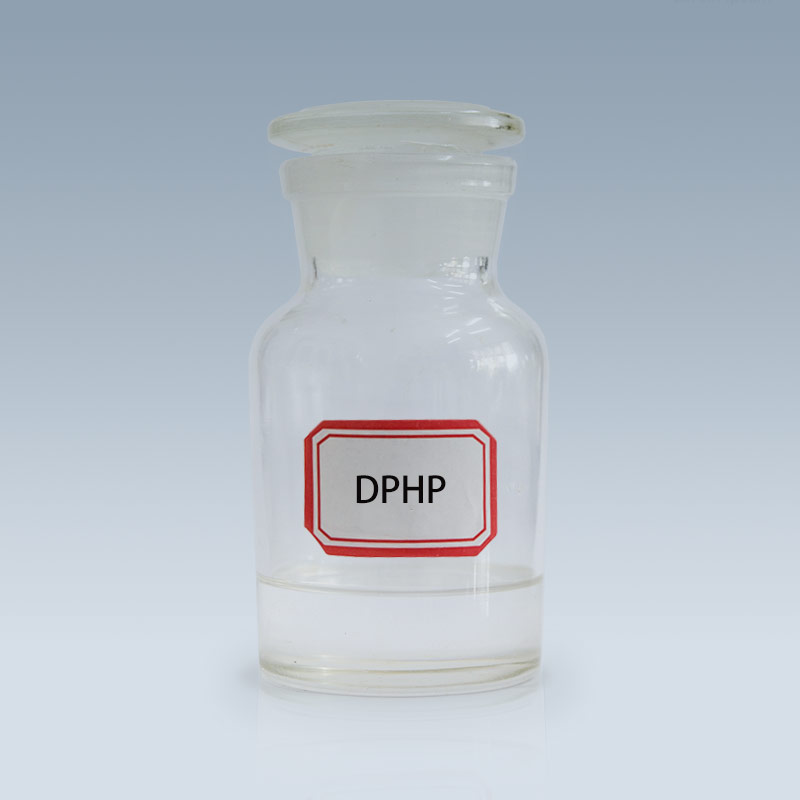The global push for safer and more sustainable materials has driven significant innovation in the chemical industry, particularly in the realm of polymer additives. Central to this evolution is Di-(2-ethylhexyl) terephthalate (DOTP) plasticizer , which has emerged as a preferred non-phthalate substitute for traditional plasticizers in flexible Polyvinyl Chloride (PVC) and other polymers. Offering a compelling balance of excellent performance, durability, and a favorable toxicological profile, DOTP is quickly becoming the new industry standard across diverse sectors.
Chemical Identity and Superior Properties
DOTP plasticizer , often abbreviated as DEHT (Di(2-ethylhexyl) terephthalate), is an organic compound with the chemical formula . It is an aliphatic-aromatic diester derived from terephthalic acid and 2-ethylhexanol. The critical distinction lies in its para-position structure —the two ester groups are on opposite sides of the benzene ring (1,4 position), unlike the ortho -position found in traditional phthalates like DOP (Di-octyl phthalate).
This structural difference is key to its superior performance and safety characteristics. DOTP is a clear, virtually odorless, viscous liquid exhibiting:
- Low Volatility: Its high molecular weight (390.56 ) means it is less likely to evaporate or migrate out of the final product over time, ensuring the plastic remains flexible and stable for longer. This is a crucial advantage in applications subject to heat, like wire insulation and automotive interiors.
- Excellent Thermal and Electrical Properties: DOTP imparts good heat resistance and high volume resistivity, making it ideal for electrical applications. It can be used in cable materials that meet 70°C temperature resistance requirements.
- Non-Phthalate Safety Profile: Most significantly, DOTP plasticizer is considered safer than ortho -phthalates, as it does not exhibit the same negative regulatory or toxicological concerns, such as potential endocrine disruption. This non-toxic nature allows it to comply with stringent global regulations like REACH and FDA standards for food contact and children’s products.
Mechanism of Action in PVC
In its primary application, the plasticization of PVC, DOTP plasticizer functions as a molecular lubricant to transform rigid PVC into a flexible material.
- Chain Separation: During high-temperature processing, the ester groups on the DOTP molecules interact with the chlorine atoms on the PVC polymer chains. The bulky, non-polar alkyl chains of the DOTP then physically wedge themselves between the rigid polymer chains.
- Increased Mobility: This physical separation increases the free volume between the polymer chains and shields the strong natural dipole-dipole attractions (“secondary crosslinks”) that make pure PVC hard and brittle.
- Lowered Glass Transition Temperature ( ): By allowing the PVC chains to move past each other more easily, the DOTP plasticizer drastically lowers the material's Glass Transition Temperature ( ). When the falls below room temperature, the PVC material becomes soft, pliable, and flexible, allowing for its use in countless flexible products.
Broad Spectrum of Applications
The unique properties of the DOTP plasticizer have facilitated its widespread adoption across several high-specification industries, primarily as a replacement for conventional plasticizers.
- Construction and Flooring: Used in vinyl flooring, roofing membranes, and wall coverings, where its durability and low migration ensure a long service life and high wear resistance.
- Wire and Cable: Its superior electrical insulation and thermal stability make it a preferred component in PVC cable compounds and wire jacketing, especially for cables rated for 70°C or higher.
- Consumer and Medical Goods: Due to its favorable toxicological profile, DOTP plasticizer is extensively used in sensitive applications, including children’s toys , flexible food packaging (like cling films), medical devices such as IV bags and tubing, and artificial leather.
- Automotive Industry: It is utilized in automotive interiors, dashboards, and trims, benefiting from its low fogging characteristics and ability to maintain flexibility and chemical resistance across varying temperature conditions.
Future Outlook
The market for DOTP plasticizer is poised for continued strong growth. As consumer and regulatory demands for safer, non-toxic, and environmentally responsible chemical solutions intensify globally, DOTP stands out as a high-performance material that meets modern sustainability criteria. Innovation in its manufacturing processes, focused on cost reduction and purity enhancement, further strengthens its position as the leading non-phthalate plasticizer for the next generation of flexible polymer products.



 ภาษาอังกฤษ
ภาษาอังกฤษ 中文简体
中文简体







